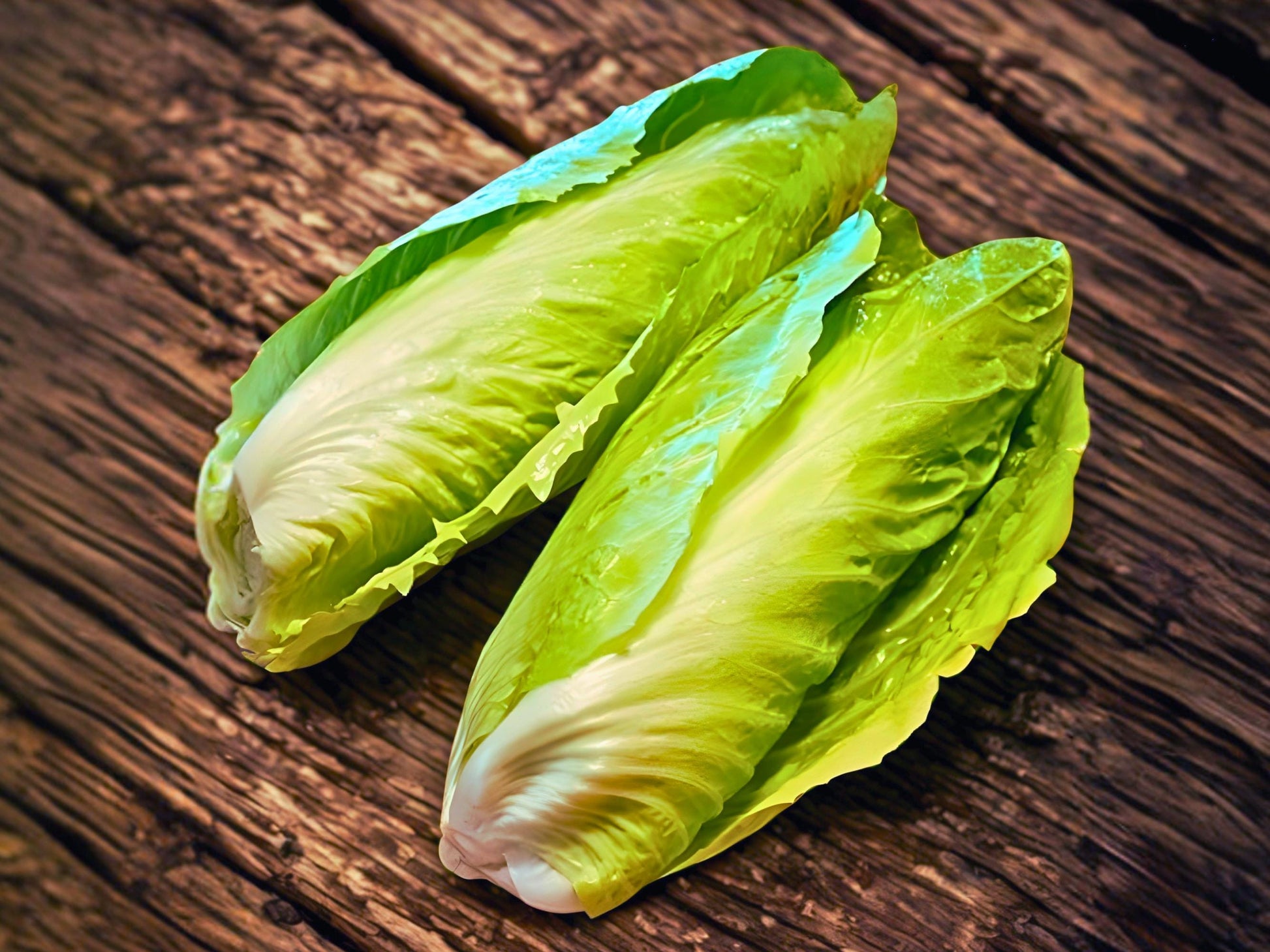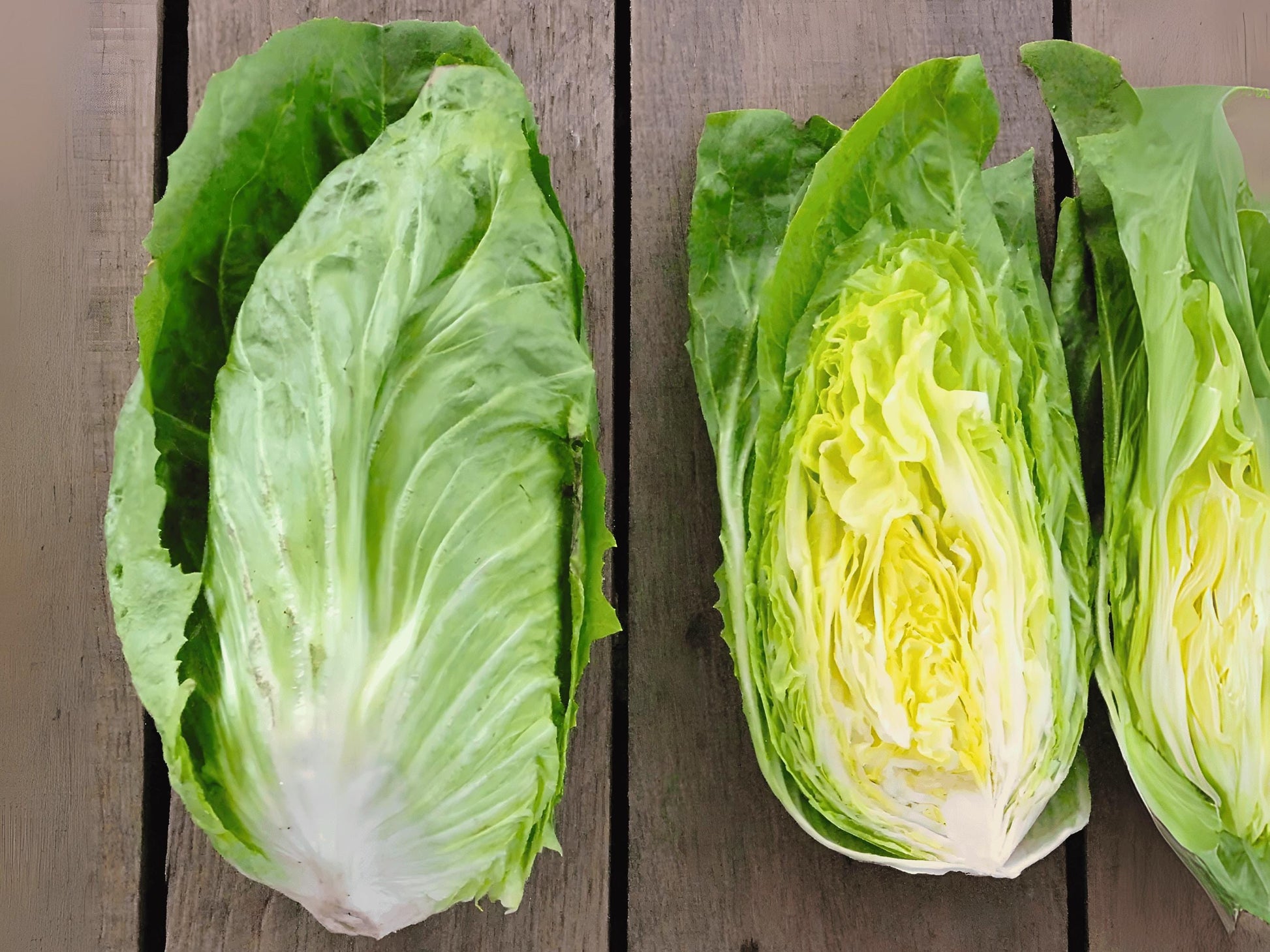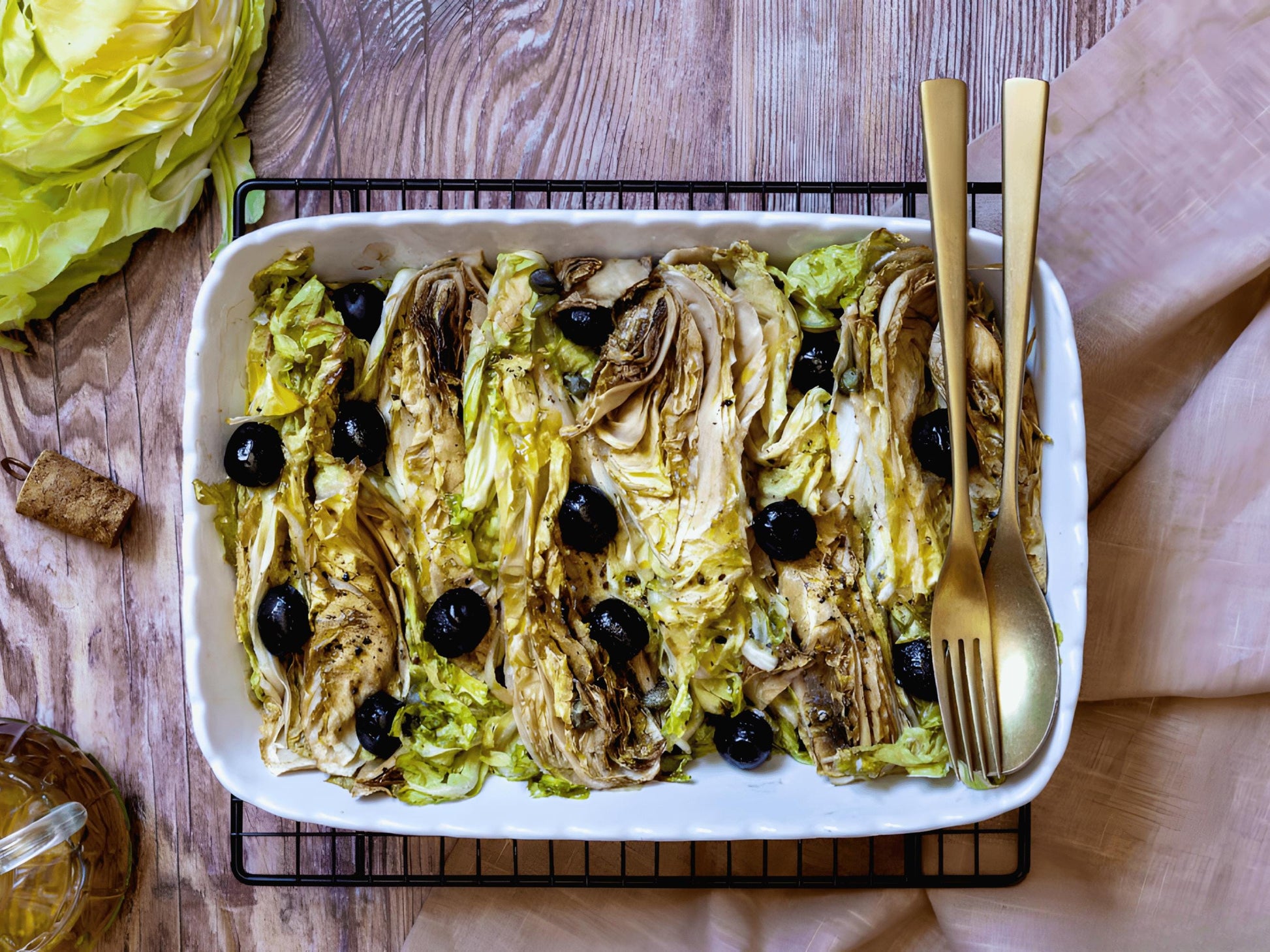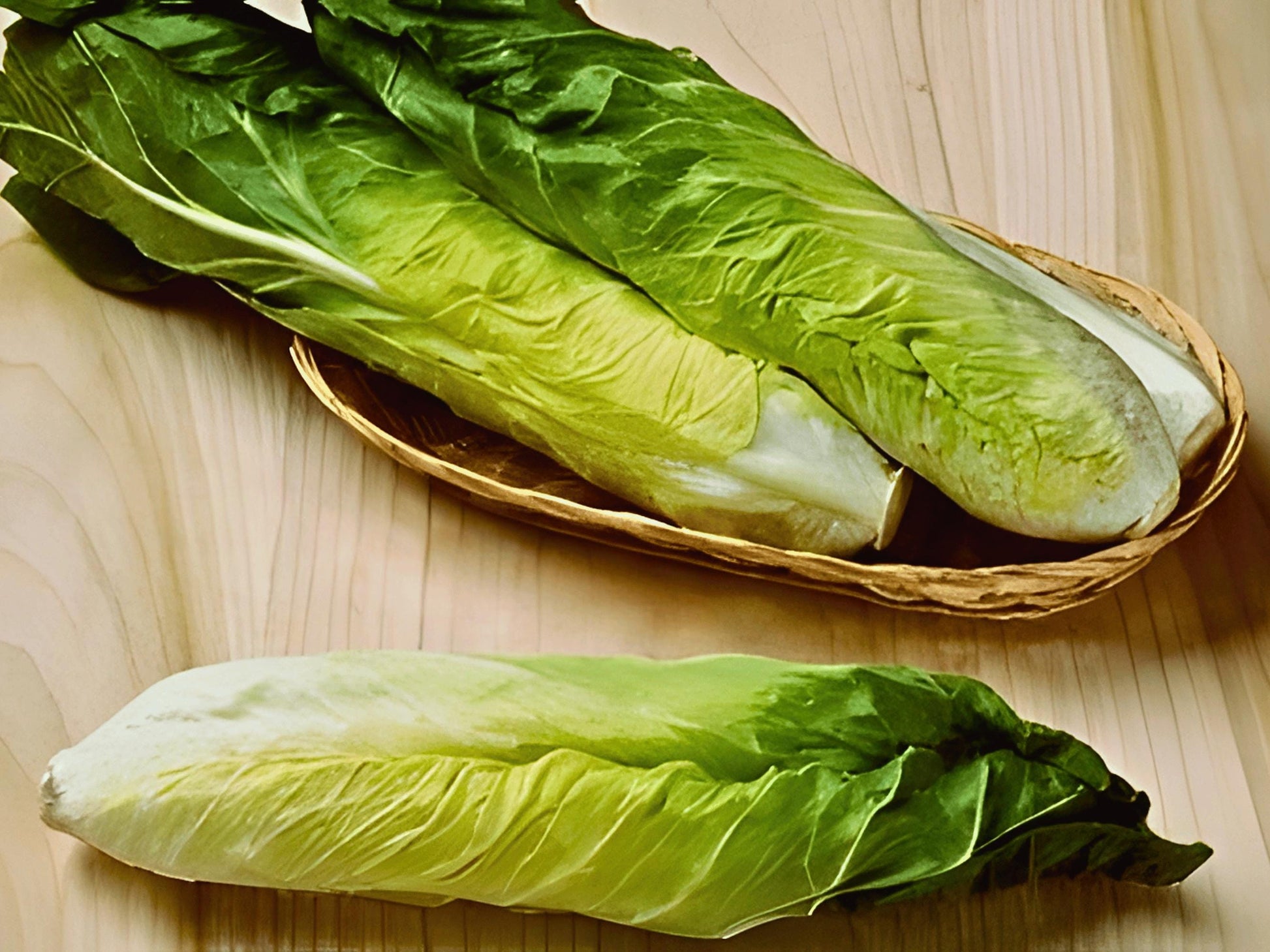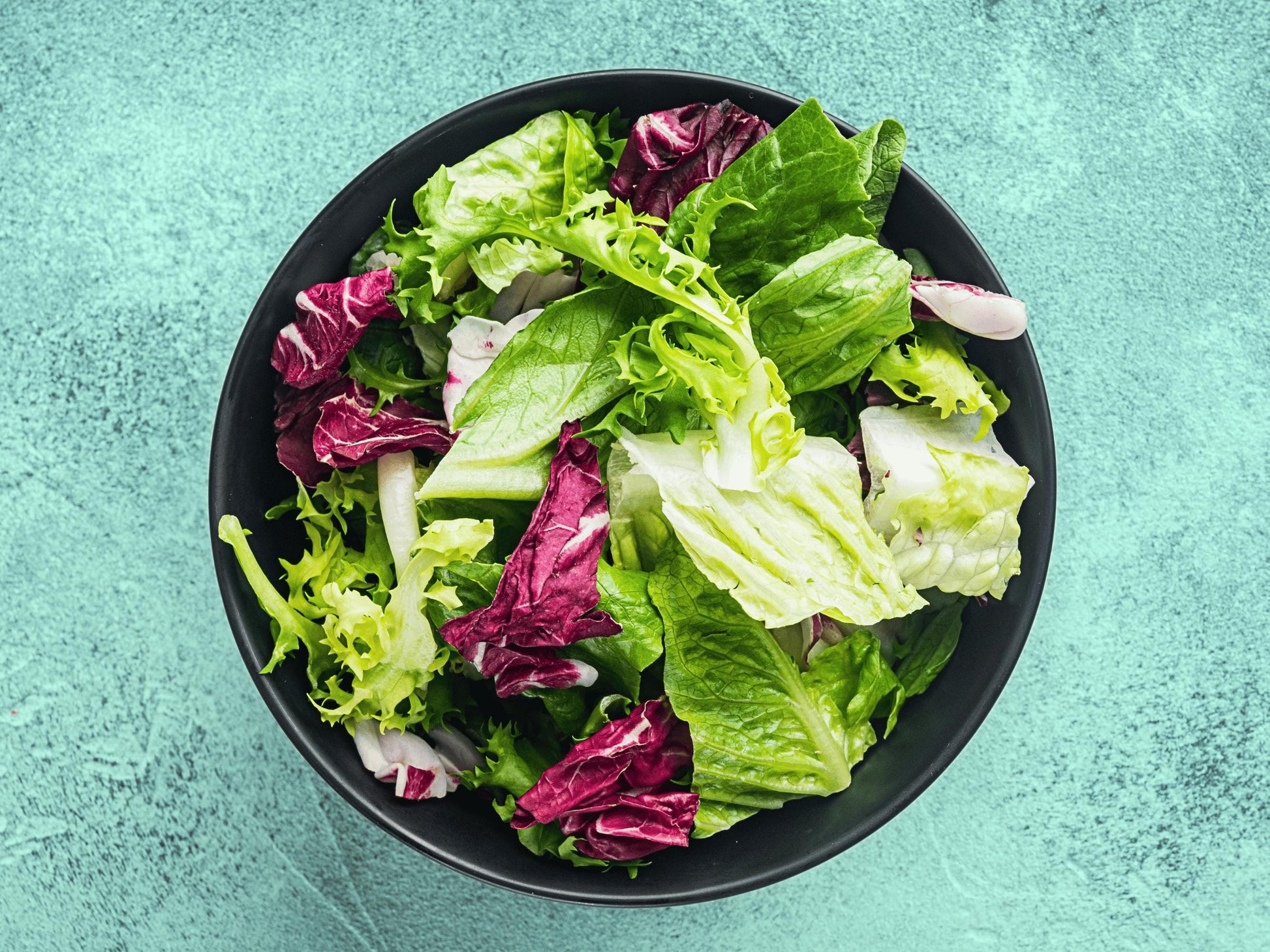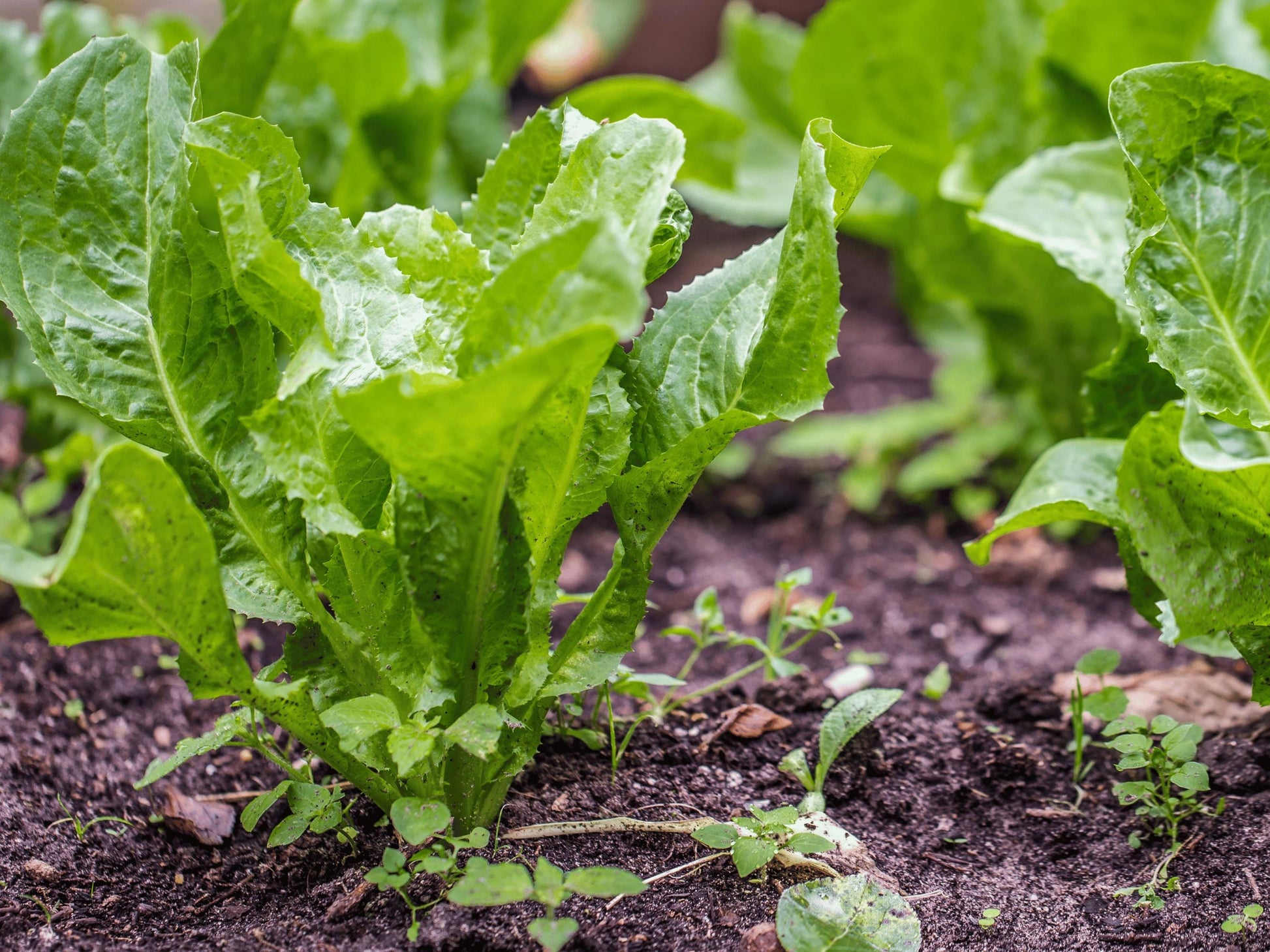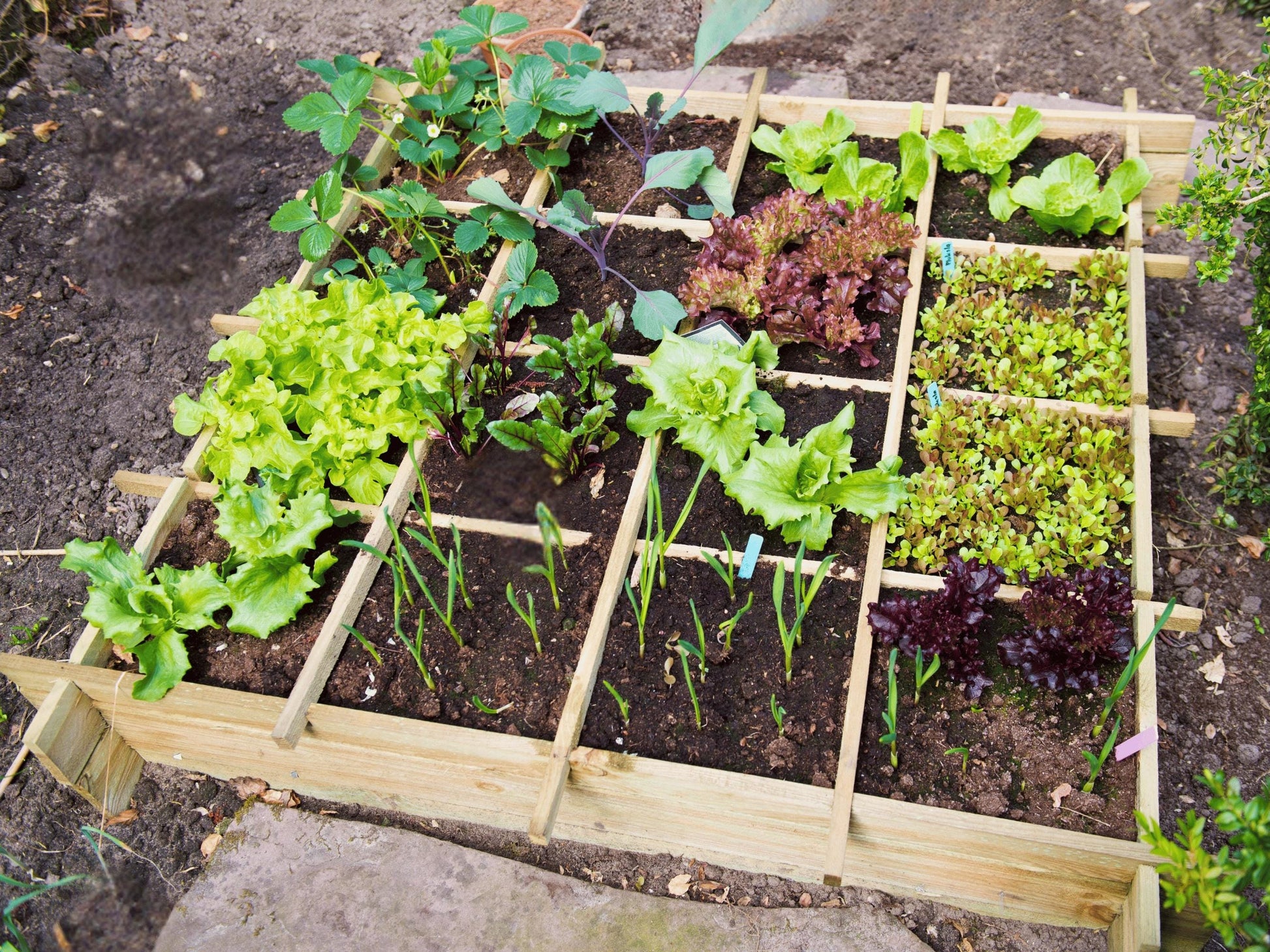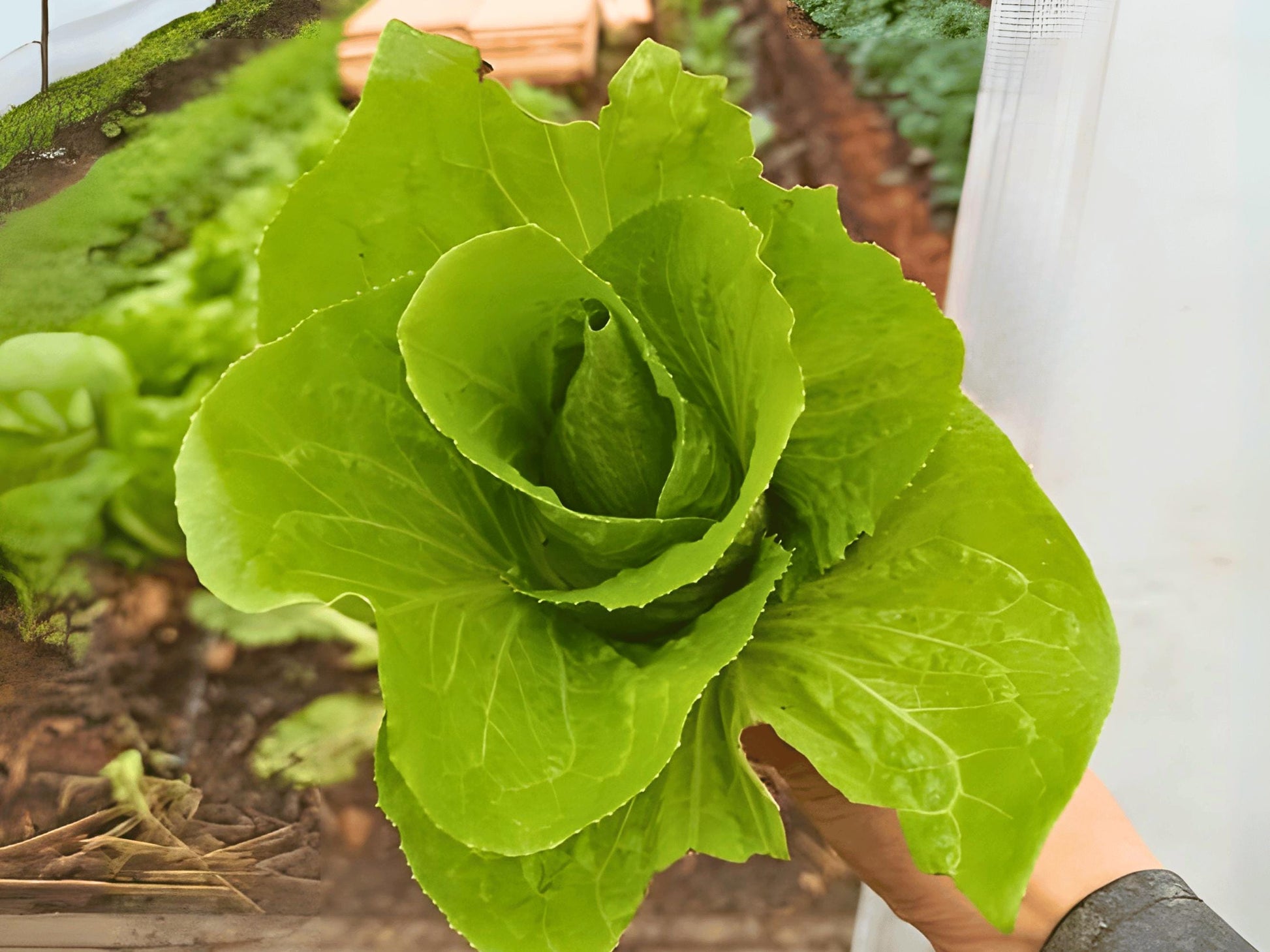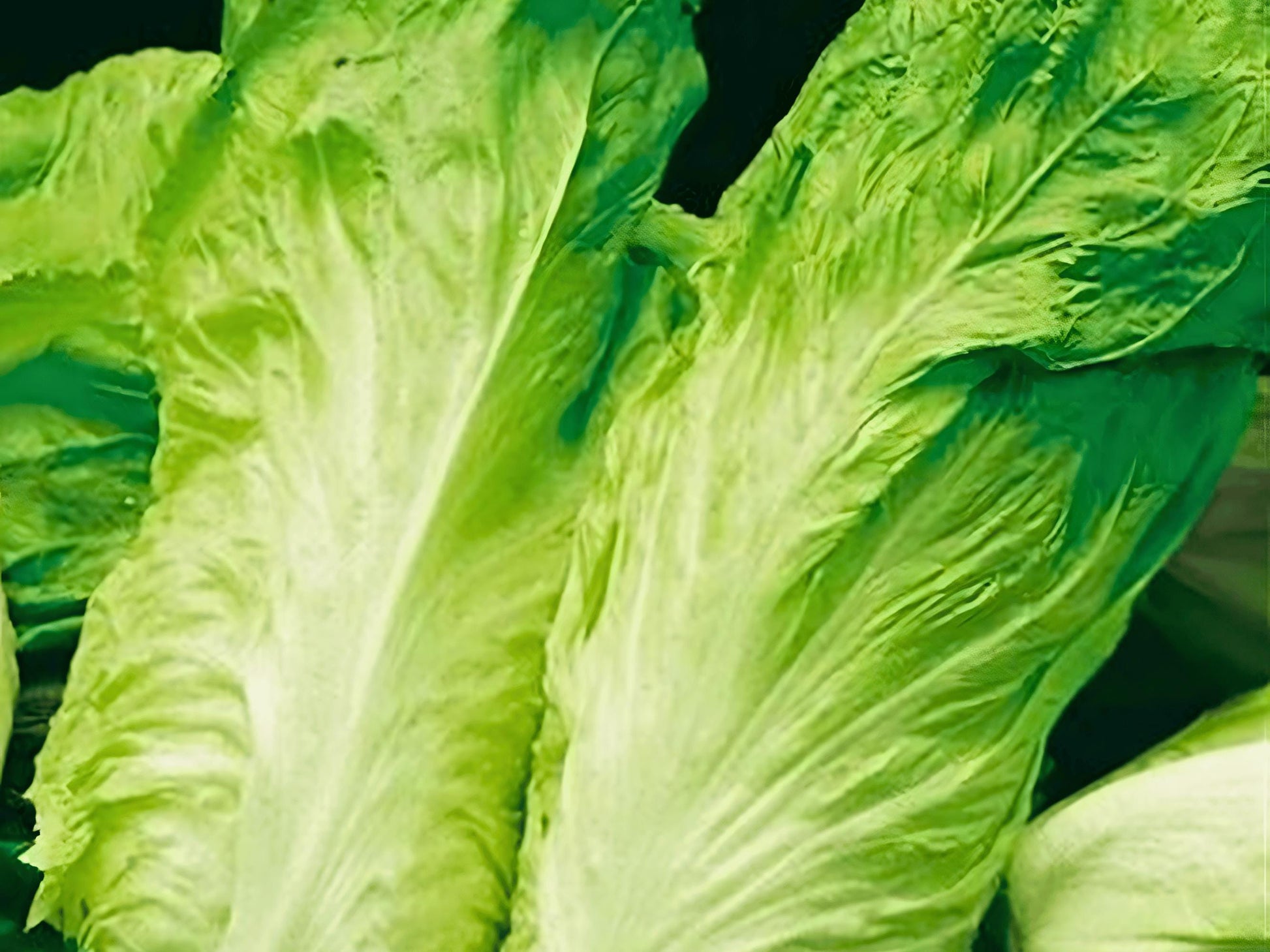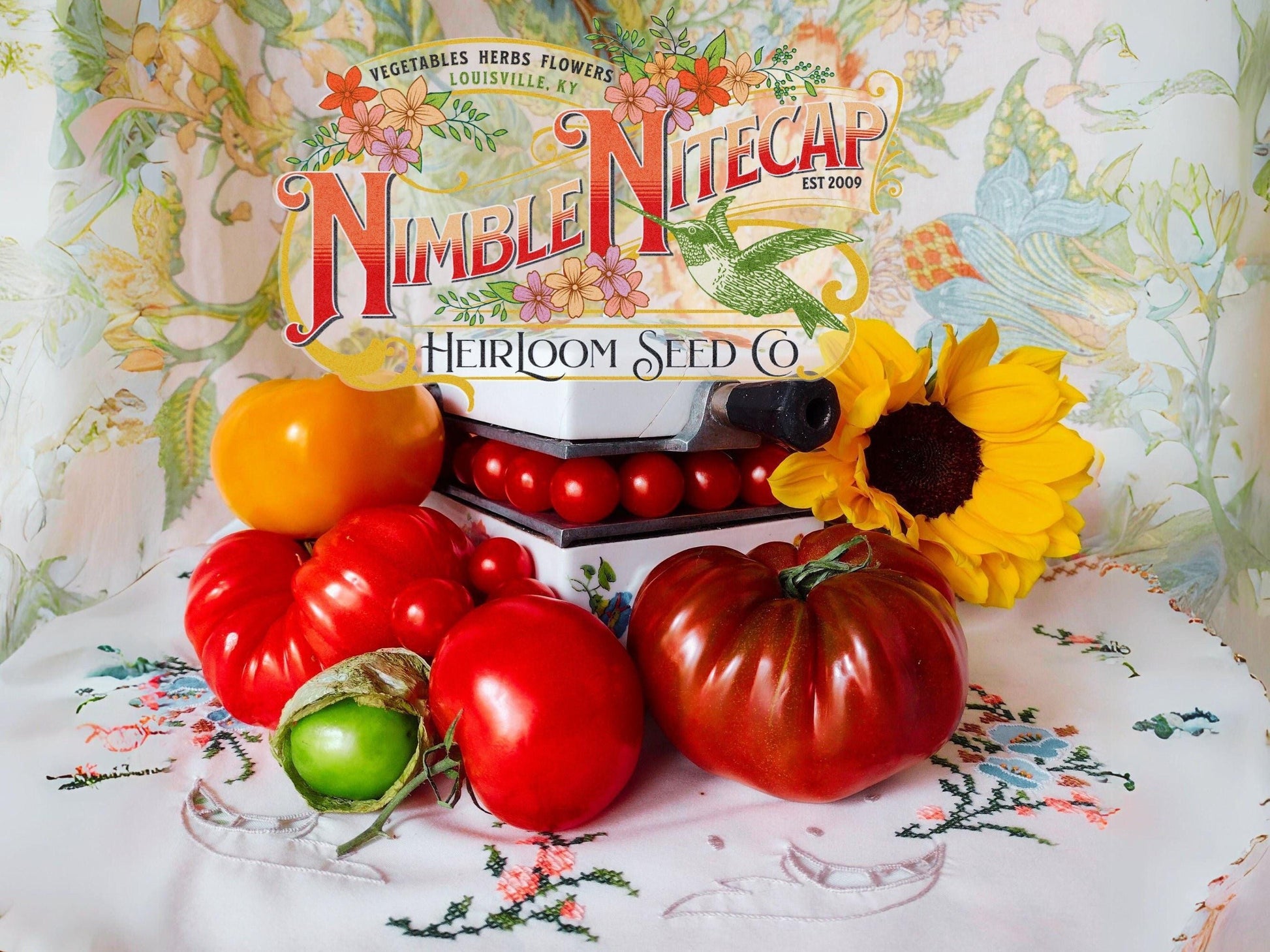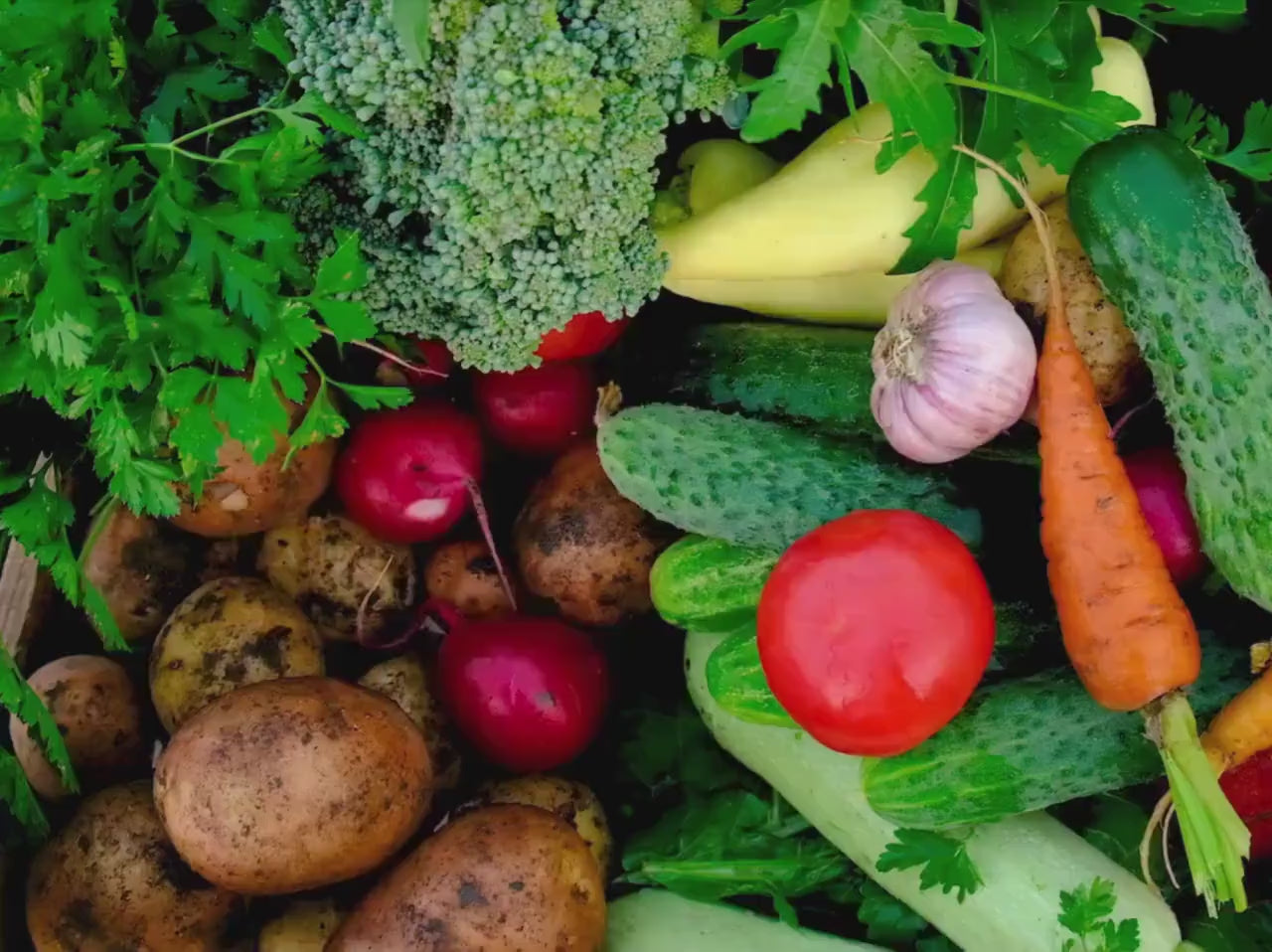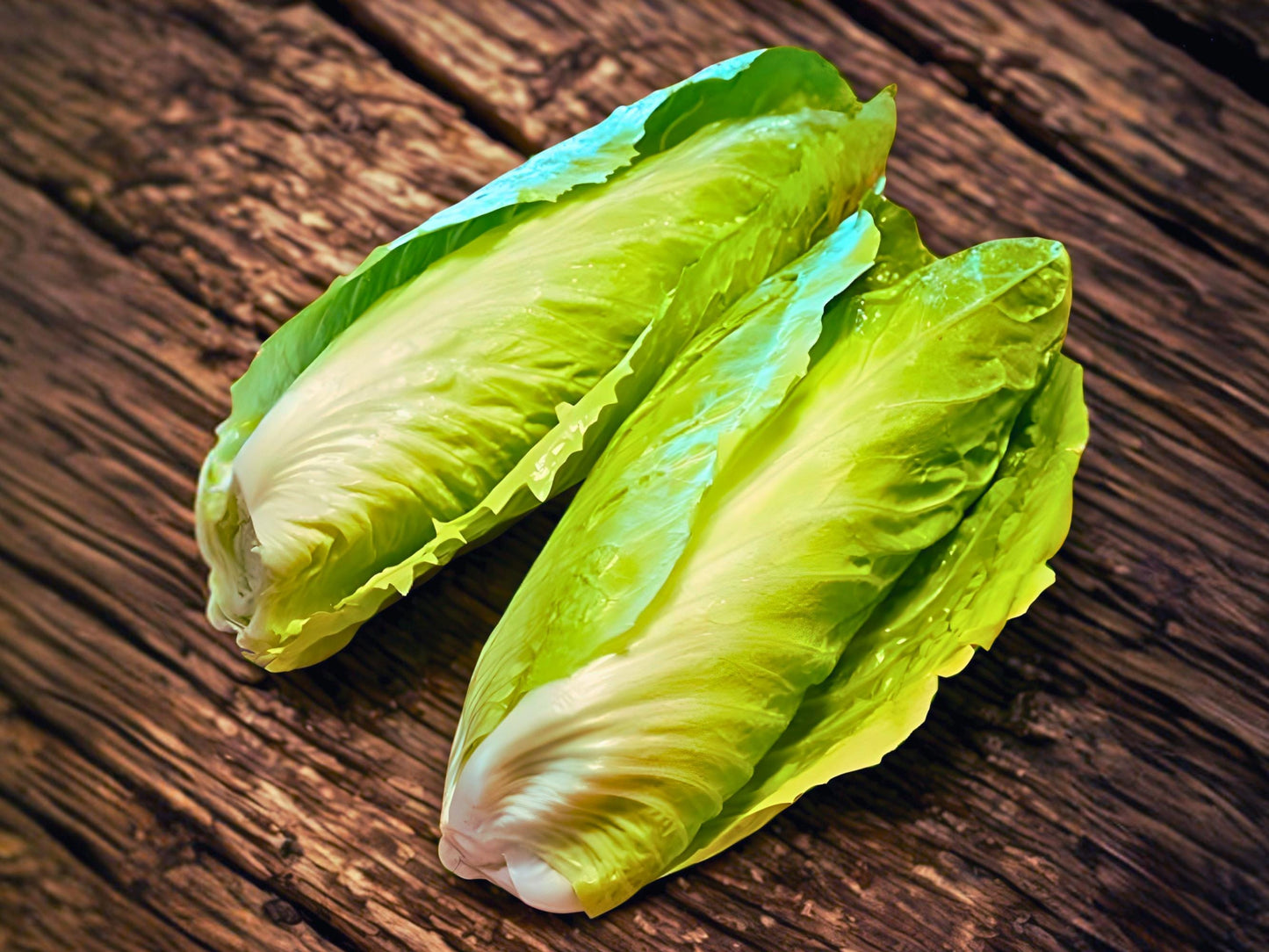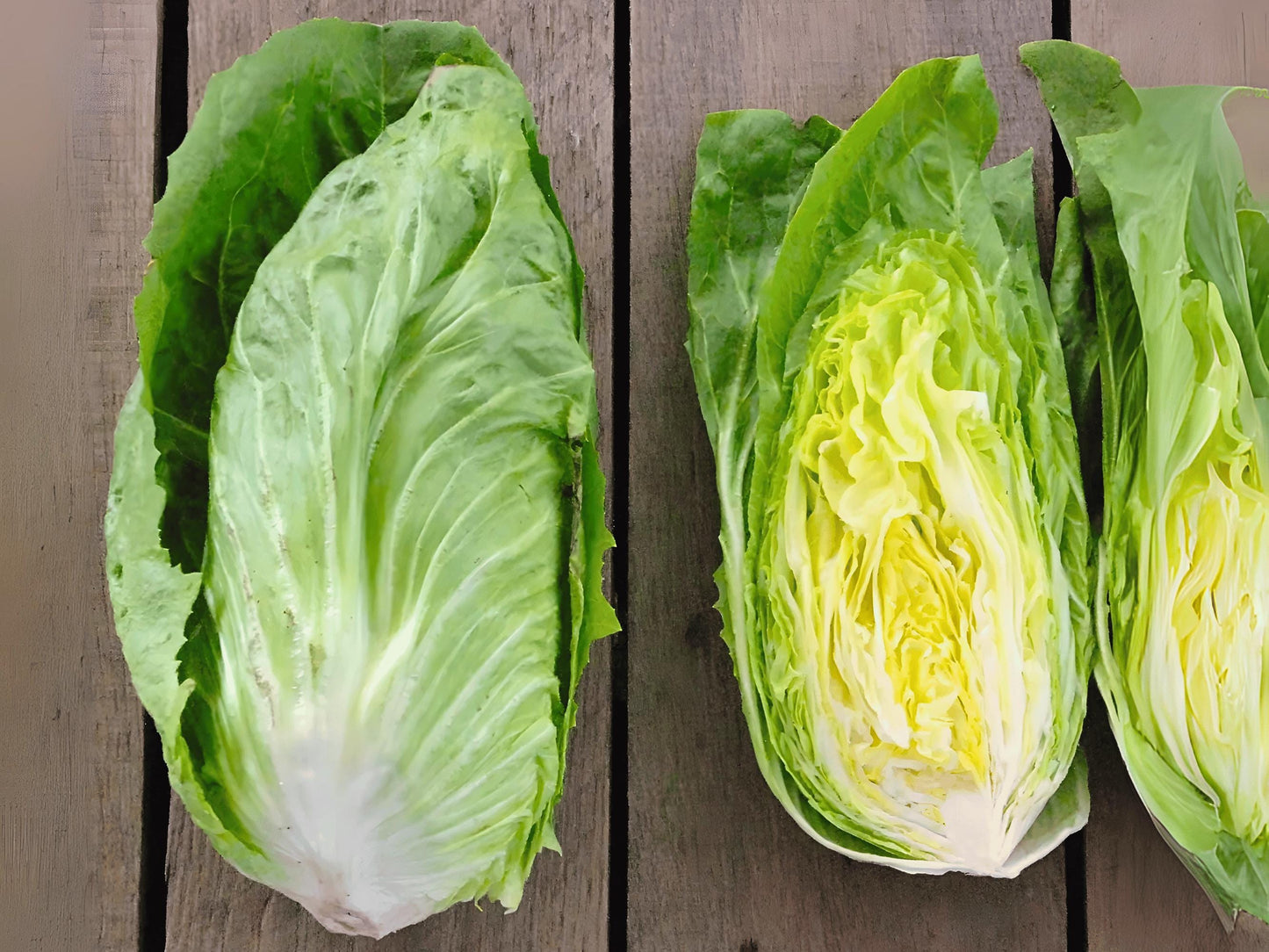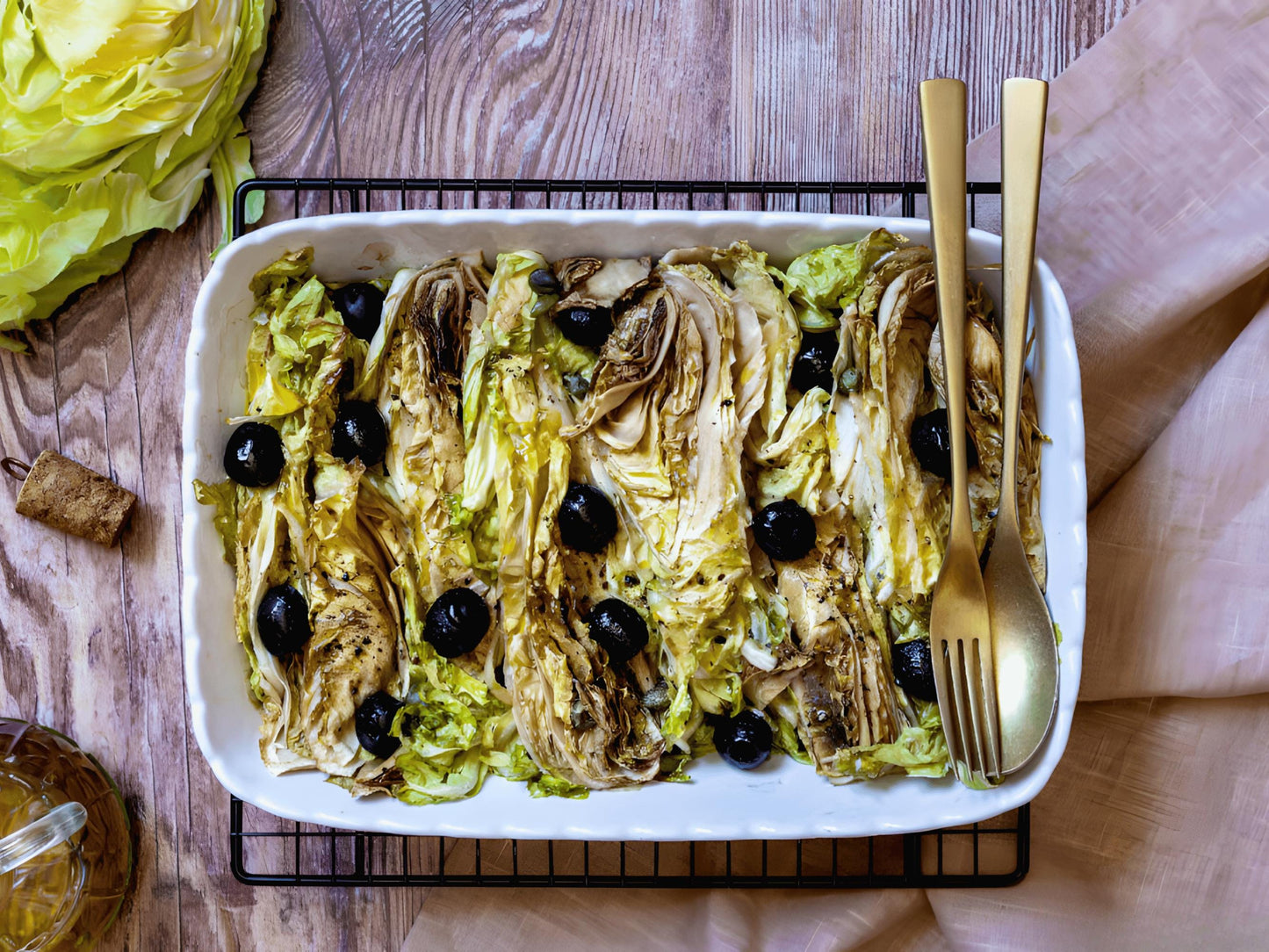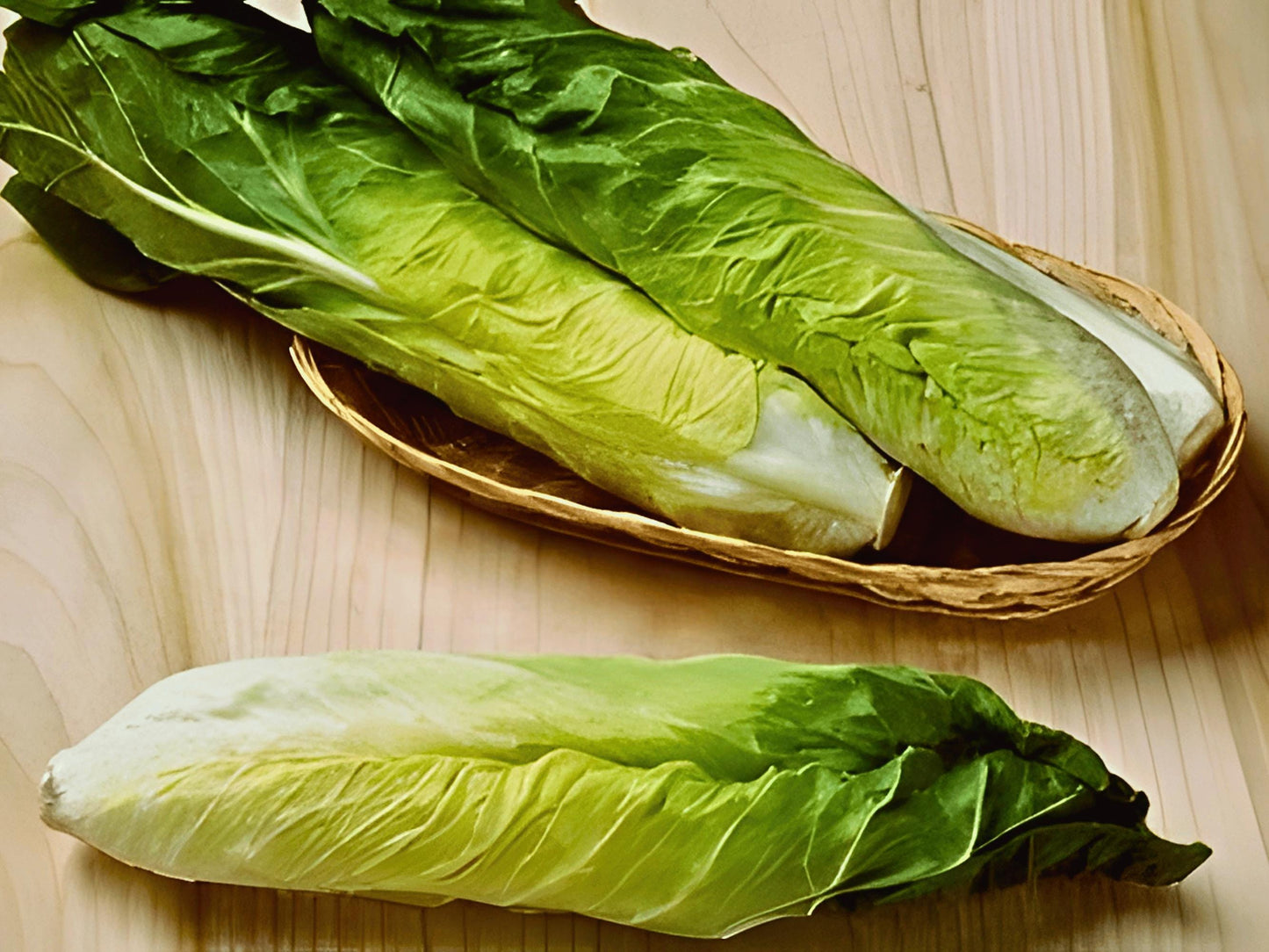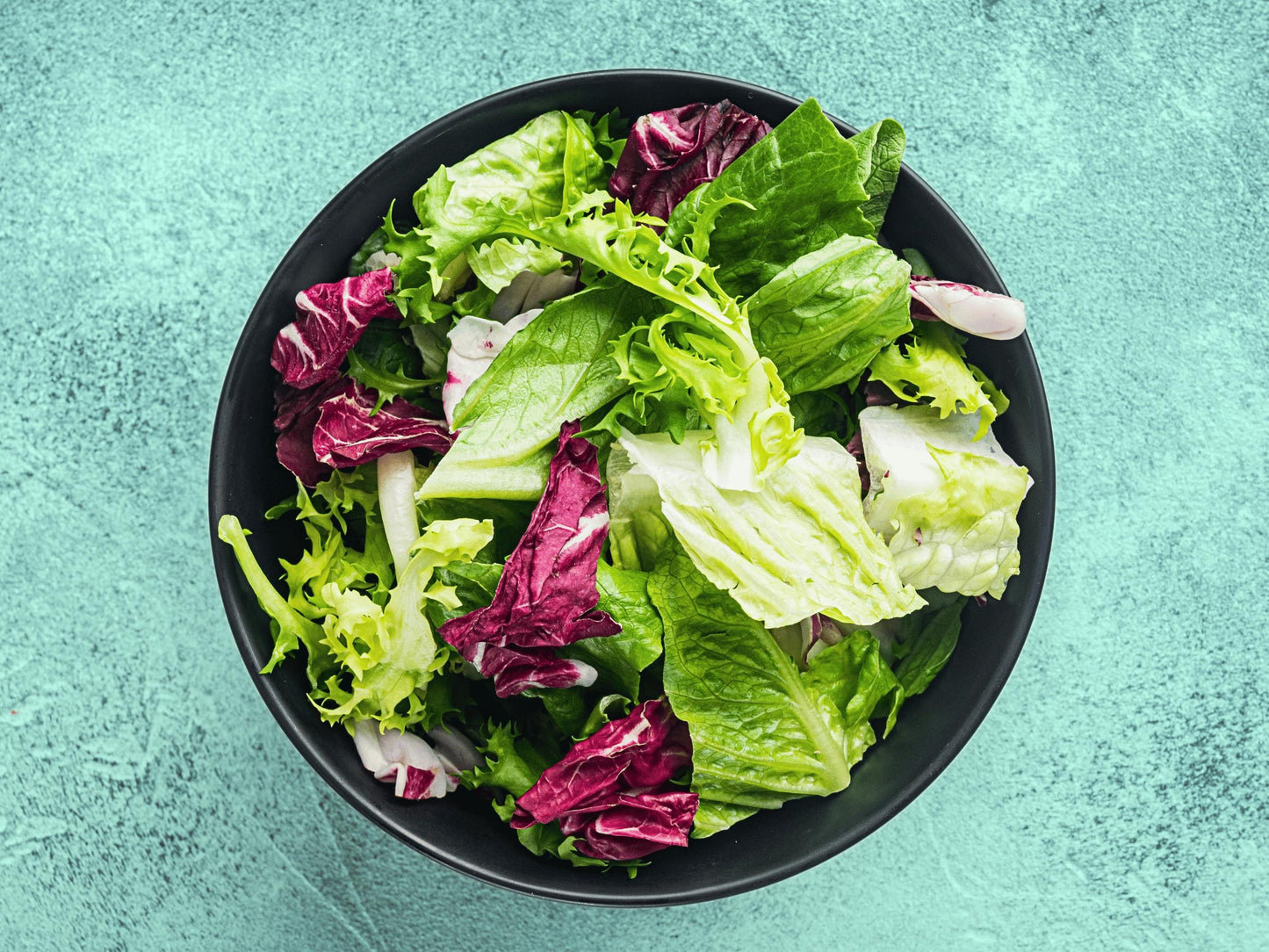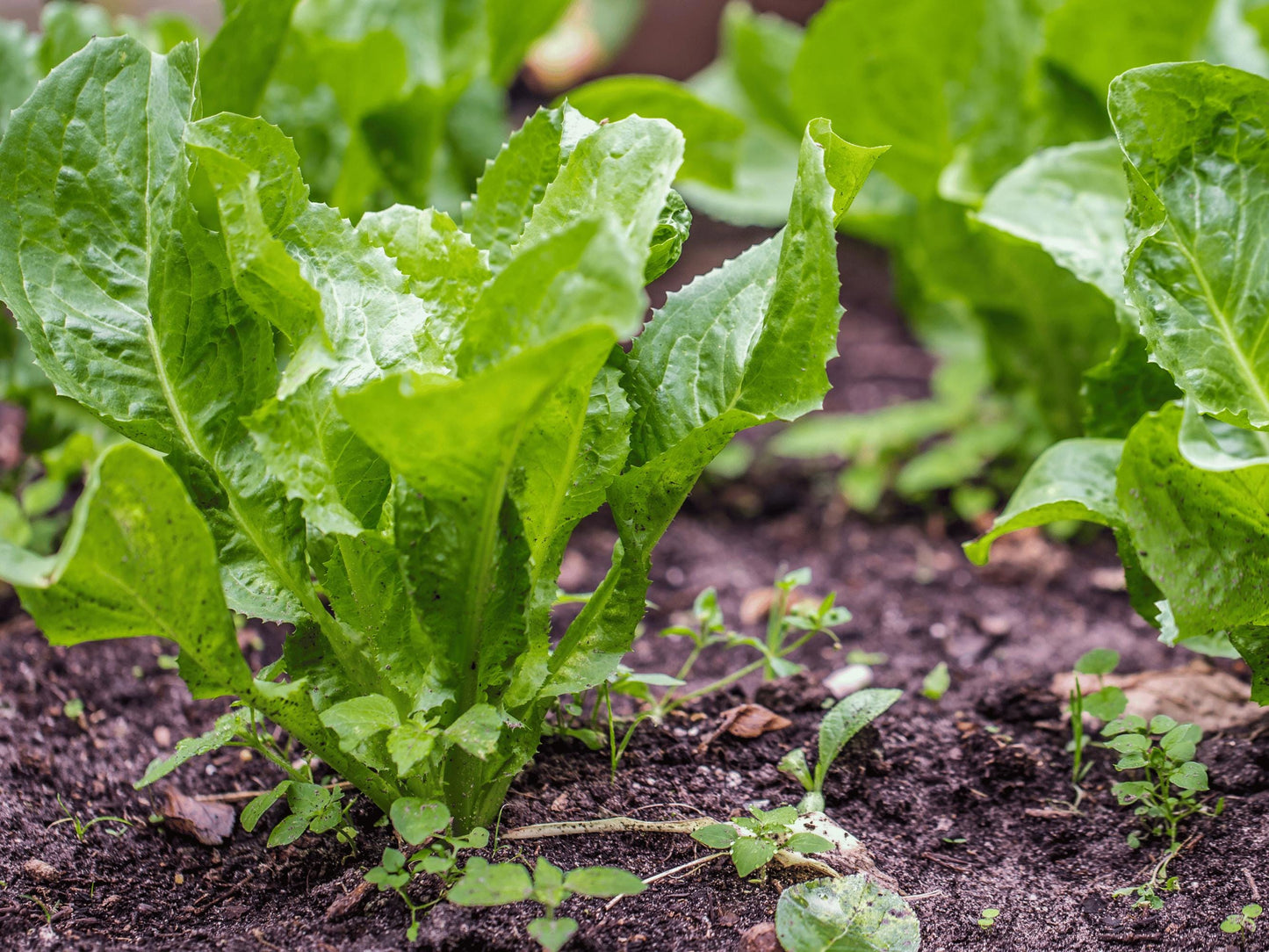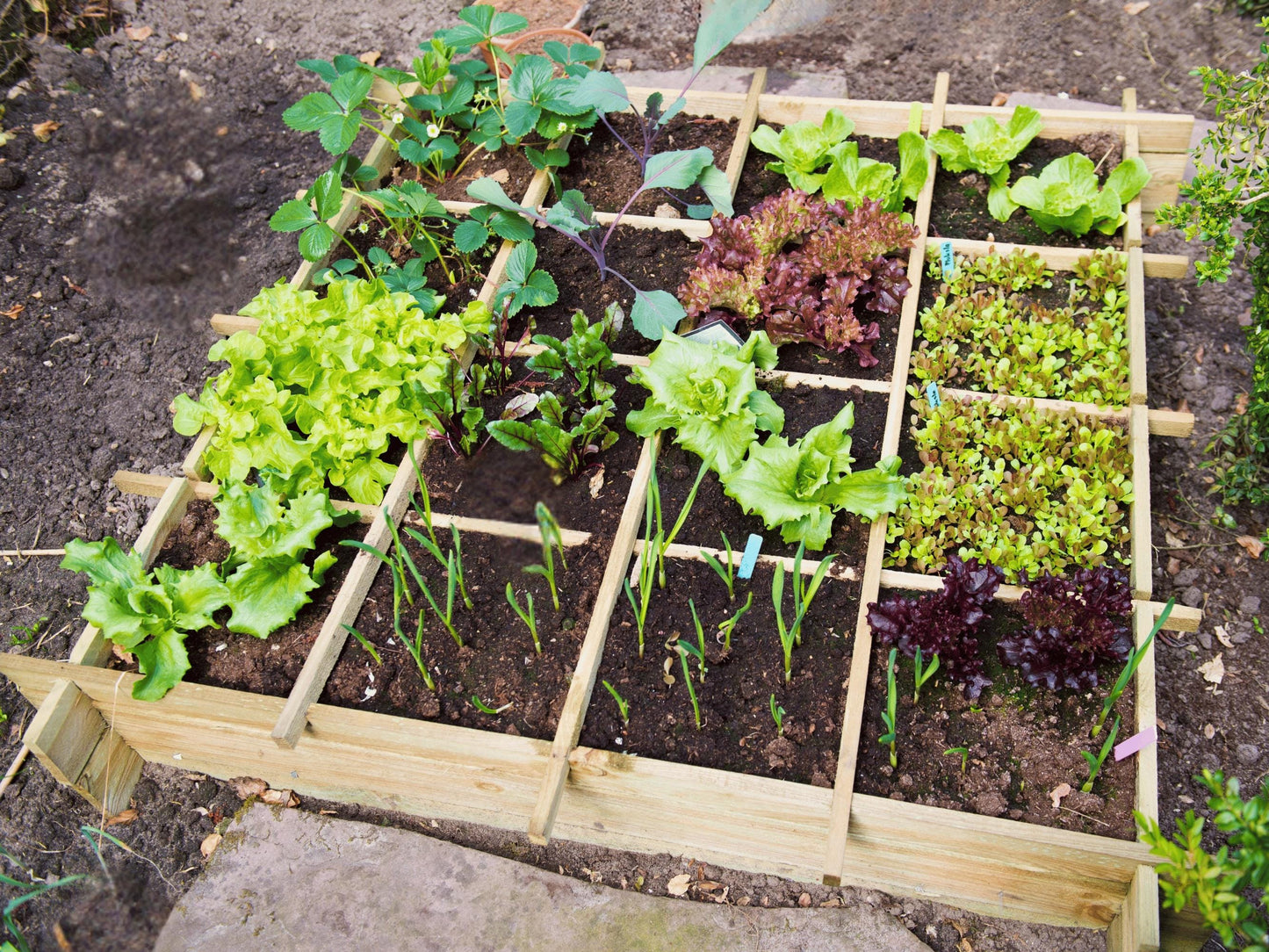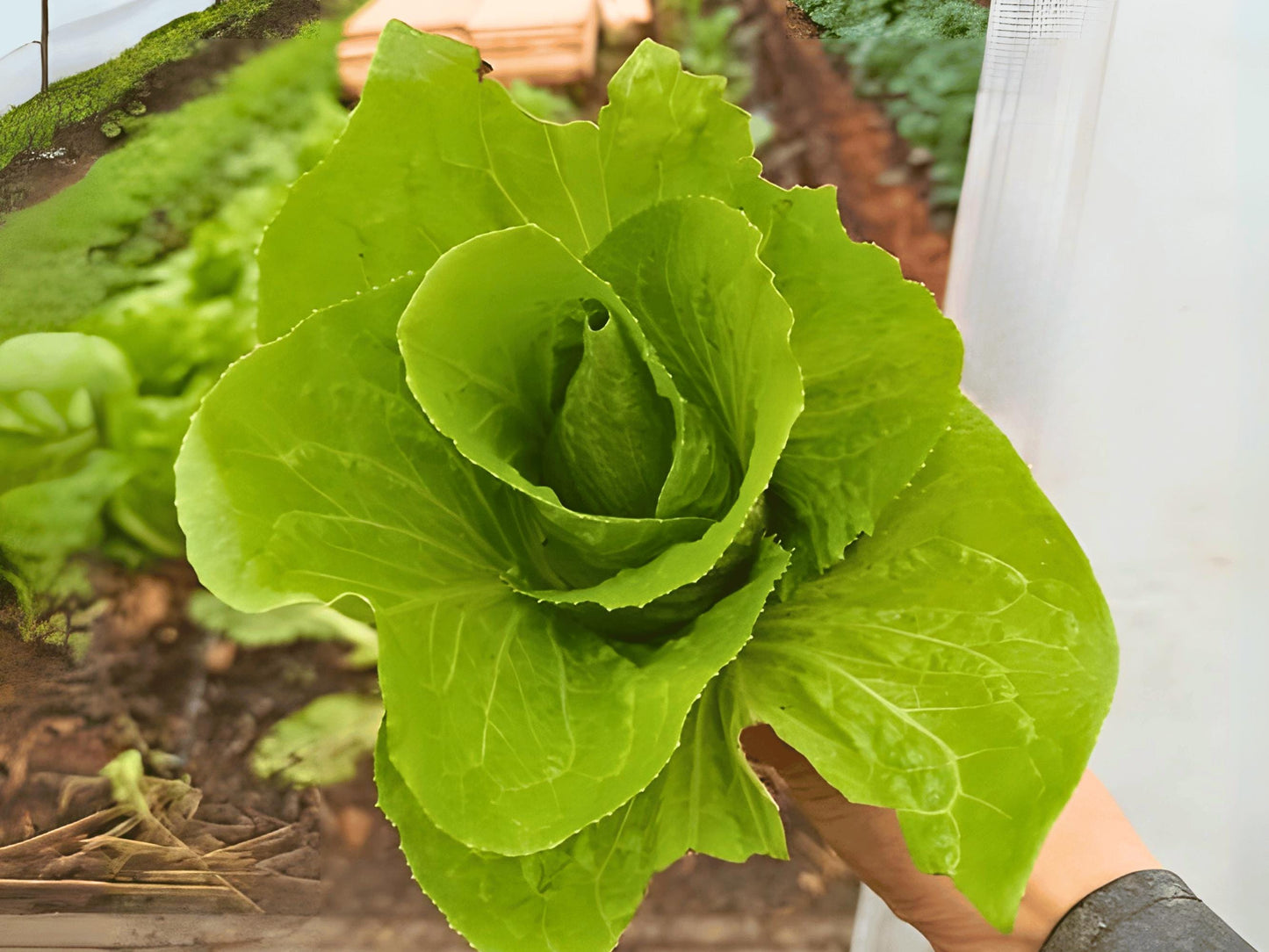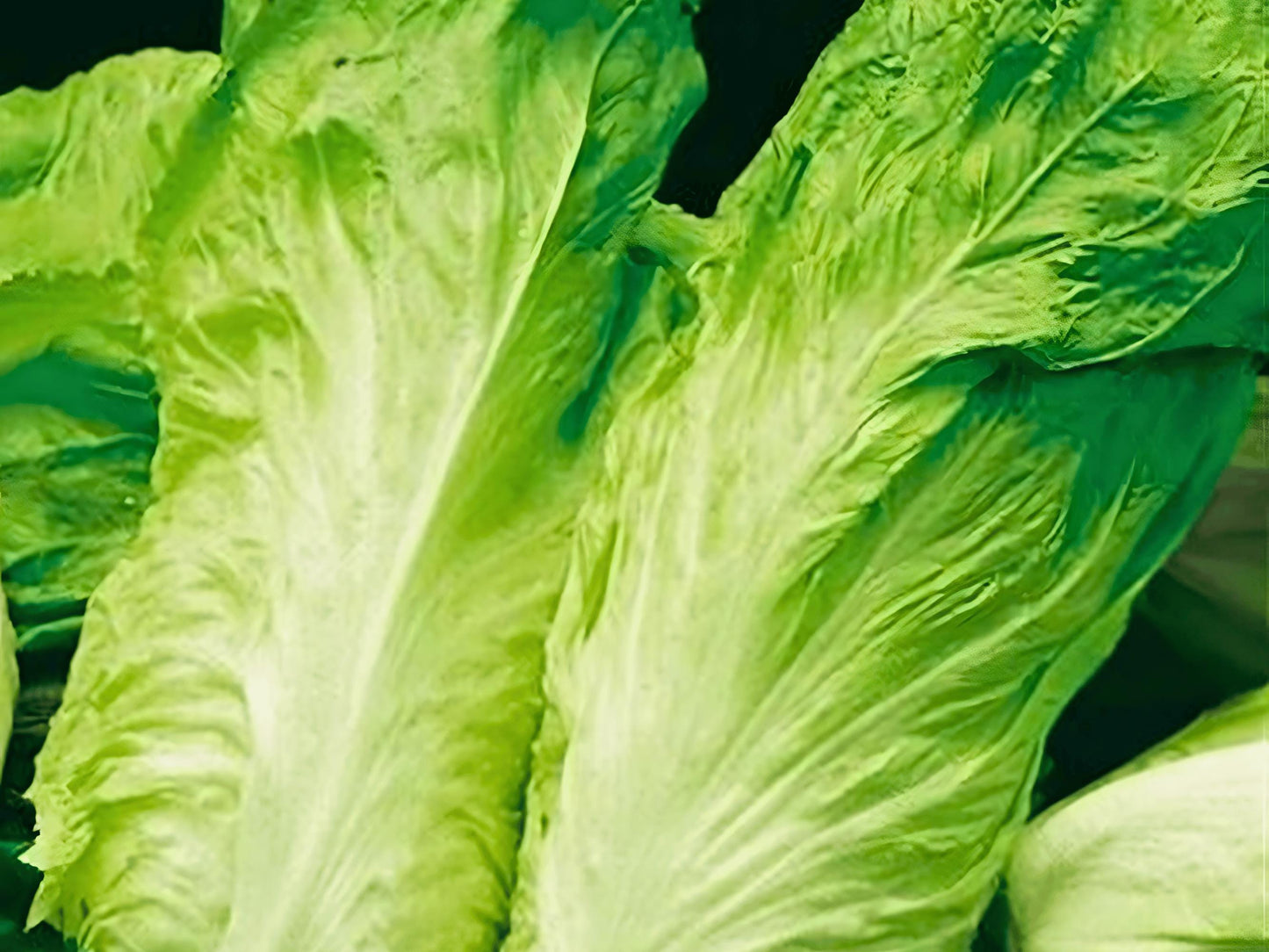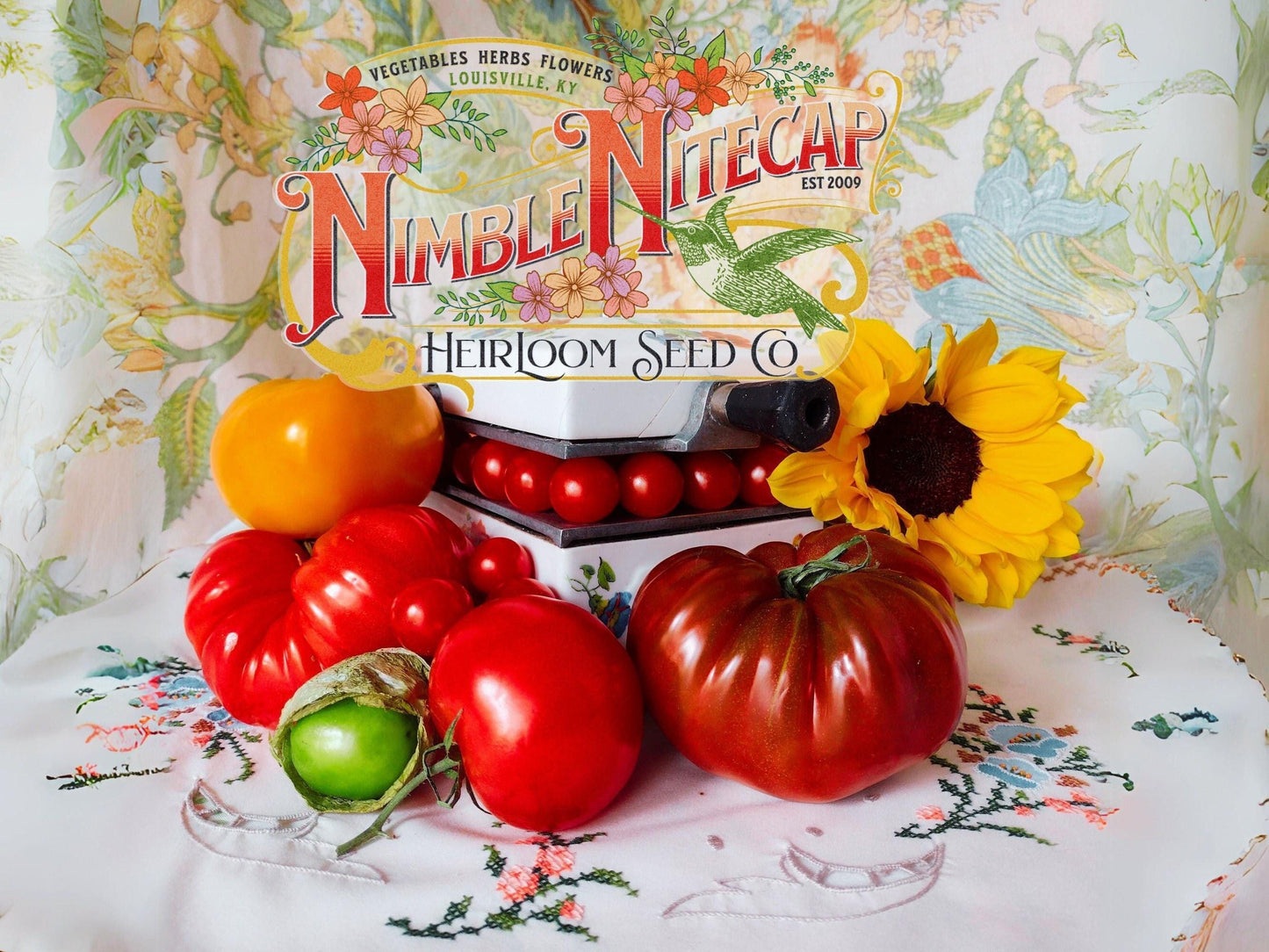Sugar Loaf Endive (Cichorium intybus) is a cool-season heirloom variety known for its elongated, compact heads and pleasantly bitter-sweet flavor. It is easy to grow, making it perfect for both novice and experienced gardeners. This plant thrives in cooler climates and benefits from fall harvesting, making it a great choice for organic gardening and fresh culinary use. Its crisp leaves are prized for use in salads and cooked dishes and have a long history of culinary and medicinal use in Europe.
• Scroll down for detailed growing info •
All Nimble NiteCap Seeds are:
• Heirloom
• Organic
• Non-GMO
• Open Pollinated
• Untreated
• US Grown
• growing instructions included
• Regular testing is conducted to uphold the highest germination standards, all the while employing appropriate seed storage techniques.
Sustainable Packaging & Shipping:
• NimbleNitecap seeds are packed in eco-friendly, compostable seed packets. Seed packets are printed in house with vegetable-based inks on biodegradable, recycled materials. (Small plastic bags are infrequently used to prevent the loss of very small seeds.)
• All orders are carefully packed and shipped with tracking via USPS First Class (or Priority, if selected) in padded recycled mailers, or recycled boxes to protect your items in transit.
Most orders ship out the same or next business day! Please note that this time may be extended during peak season.
• FREE SHIPPING on all orders of $35 or more. Flat Rate shipping no matter how many packets you order.
• DIRECTIONS •
Common Names: Sugar Loaf Endive, Pain de Sucre, Sugarloaf Chicory
Latin Name: Cichorium intybus
Type: Leafy Vegetable
Life Cycle: Biennial (grown as an annual)
USDA Zones: 3 - 9
Stratification: Not Required
Germination Ease: Easy
Sunlight: Full Sun to Partial Shade
Moisture: Moderate, consistent moisture preferred
Soil: Well-drained, fertile soil with good organic matter
Height: 12 - 18 inches
Spread: 8 - 12 inches
Color: Pale green to creamy white inner leaves; light green outer leaves
Bloom Season: Flowers in second year if not harvested (typically grown for leaves)
Companion Plants: Carrots, onions, dill, beets
Potential Toxicity: Non-toxic
Climate Adaptability: Performs best in cool weather; can tolerate light frosts
~ Sowing ~
When to Sow Outside:
Sow seeds directly outdoors in early spring as soon as soil can be worked, or in late summer for a fall harvest. Sugar Loaf Endive thrives in cool temperatures and can tolerate light frosts.
When to Start Inside:
Not typically started indoors. Direct sowing is preferred, but seeds can be started indoors 4-6 weeks before transplanting if an early start is desired.
Days to Emerge:
7-14 days
Seed Depth:
1/4 inch deep
Seed Spacing:
Space seeds 1 inch apart, thin to 8-12 inches apart once established.
Row Spacing:
12-18 inches apart
Hardiness:
Cold-hardy biennial grown as an annual; tolerates light frosts.
~ Growing ~
Soil:
Prefers well-drained, fertile soil rich in compost or organic matter. A pH of 6.0-7.0 is ideal.
Watering:
Keep soil consistently moist but not waterlogged. Drought stress can lead to increased bitterness.
Light and Temperature:
Thrives in full sun but tolerates partial shade. Optimal temperatures range from 50°F to 70°F.
Maintenance:
Minimal maintenance required. Mulch to retain soil moisture and suppress weeds. Monitor for slugs and aphids.
Container Friendly:
Can be grown in large containers (minimum 8-12 inches deep) with good drainage. Water consistently.
~ Harvesting ~
When to Harvest:
Harvest heads when they are full-sized and firm, typically 75-85 days after sowing for fall crops.
How to Harvest:
Cut the entire head at the base with a sharp knife. For extended harvests, outer leaves can be picked individually while allowing the head to continue growing.
Drying and Storing:
Fresh heads can be stored in the refrigerator for up to two weeks. Leaves can also be blanched and frozen for later use.
Edible Use:
Sugar Loaf Endive is delicious raw in salads, lending a slightly bitter, refreshing flavor. It can also be cooked—braised, grilled, or baked—to mellow its bitterness and highlight its natural sweetness. Popular in Italian and French cuisine.
~ Seed Saving ~
Seed Collection:
Allow plants to bolt in their second year to produce tall flower stalks. Harvest seed heads once they turn brown and dry on the plant.
Seed Cleaning:
Gently thresh seed heads and winnow to remove chaff.
Seed Storage:
Store seeds in a cool, dry place. Seeds remain viable for 4-5 years if properly stored.
~ Additional Information ~
Forage for Pollinators:
Flowering plants in the second year provide forage for bees and beneficial insects.
Origin:
Native to Europe; cultivated since ancient times for culinary and medicinal uses.
Nomenclature:
Intybus is the Latin word for chicory, a close relative. "Pain de Sucre" is the French name, meaning "sugar loaf," referring to its shape and sweetness compared to other chicories.
History:
Sugar Loaf Endive has been a staple in European gardens for centuries. Traditionally grown for late fall and winter use, its leaves were often blanched in the field for improved flavor. Known for its versatility in both raw and cooked dishes, it remains a popular green in organic gardening circles today.
Potential Toxicity:
Non-toxic to humans and pets.
Climate Adaptability:
Performs best in cool climates but tolerates a wide range of growing conditions. Ideal for fall gardens and mild-winter areas.

